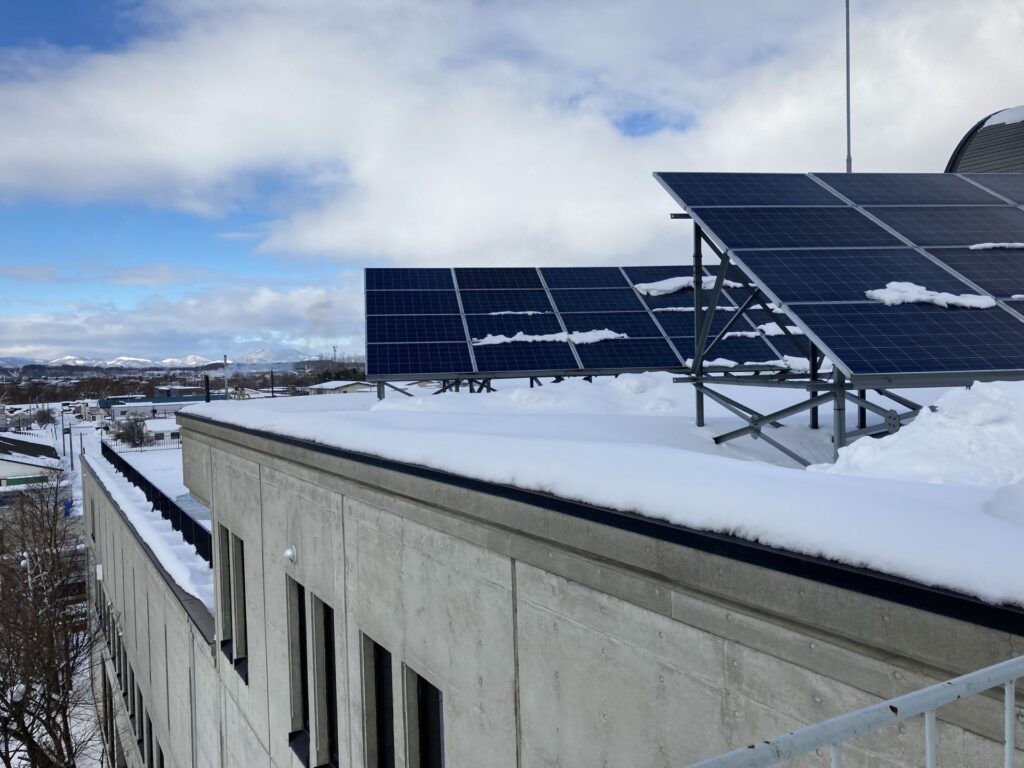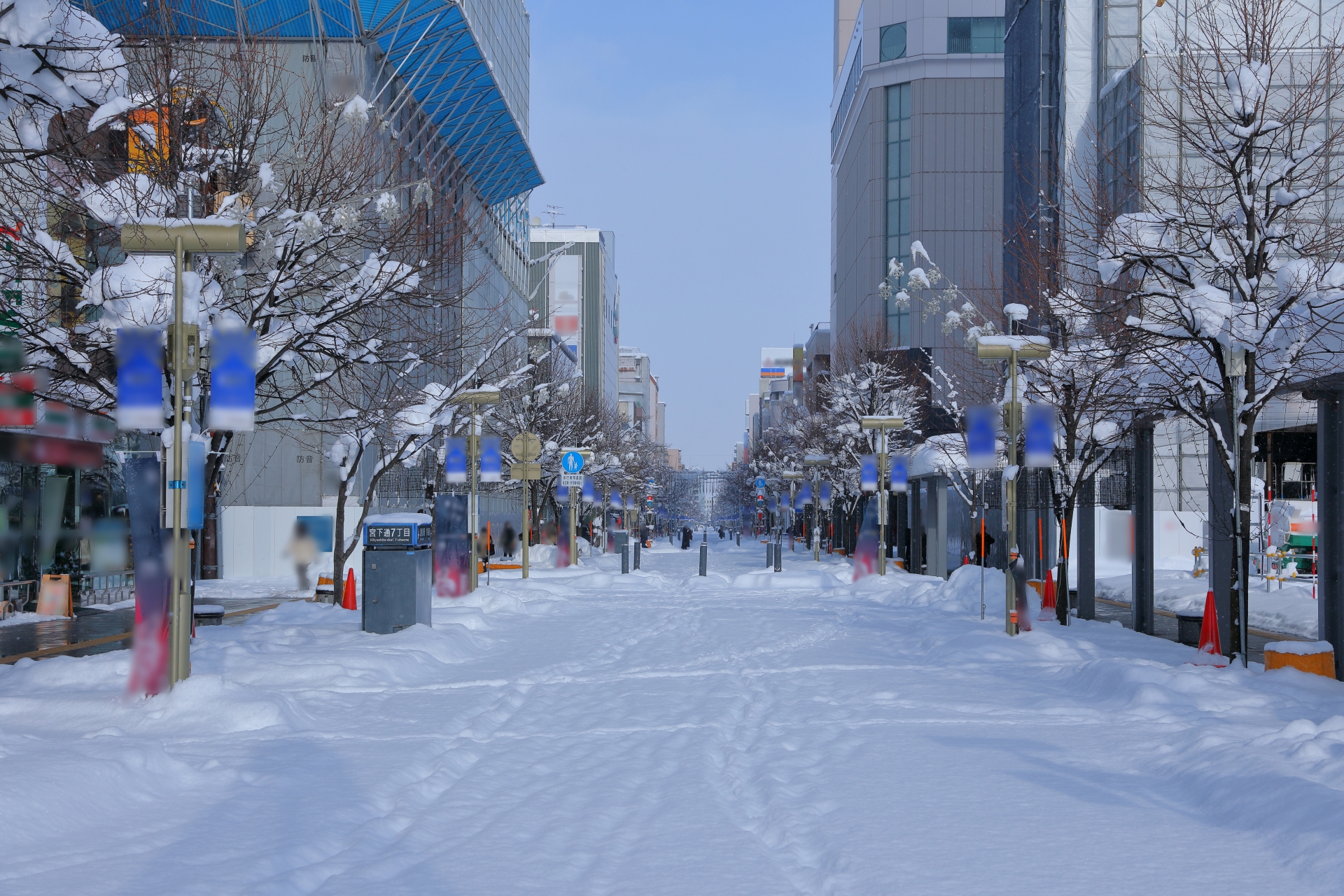This is the reality of the frozen world
The snow glows white on the mountain tonight, not a footprint to be seen. When you hear this song, you may picture in your mind some beautiful scenes, like Elsa and Anna playing in the snow and ice. Me? It’s more realistic and boring. Snow fields seamlessly spreading to the surrounding mountains (even to the gloomy sky when it snows), a heavy snowfall immediately covering even human figures let alone footprints, fingers numb with cold, etc.
Our hometown is the heavy-snow and coldest place in Japan, of which lowest recorded temperature is -41°C. On the other hand, our summers are very hot. The maximum temperature often exceeds 35°C. On a hot summer day, I always wish I could get back the snow treated as a nuisance in winter.
How to use snow as a renewable energy source
As a matter of fact, snow has already been used as a renewable energy source here. Hokkaido, the northernmost part of Japan, is the largest producer of potato, onion, and rice in Japan, and snow is used to refrigerate those crops during storage. Another famous example is air conditioning. Chitose Airport is the air gateway of Hokkaido, and the air conditioning of the terminal buildings in summer is sourced from the snow cleared from the runways during winter. To be honest, the cold energy utilization is not yet common because it requires a big storage space or facility (big initial costs).
In our office and factory, we don’t have air conditioning. It’s eco-friendly but not so much to us. I, dripping with sweat, just long for snow, though hot summer days continue only for a week or two. The management may kindly want us to enjoy the short summer to the fullest.
We don’t have a system for the cold energy utilization yet, but it’s not that we are not engaged in any renewable energy utilization, by the way. We have solar panels on the roof of the factory buildings, and they provide a part of power required to operate machines in our factory. The problem is the output power of the solar panels significantly drops in winter, and we have to frequently brush off the snow lying on the panels. This is the reason why I have different pictures in my mind when listening to the theme song of Frozen.


Shungo Ijima
He is travelling around the world. His passion is to explain Japan to the world, from the unique viewpoint accumulated through his career: overseas posting, MBA holder, former official of the Ministry of Finance.

